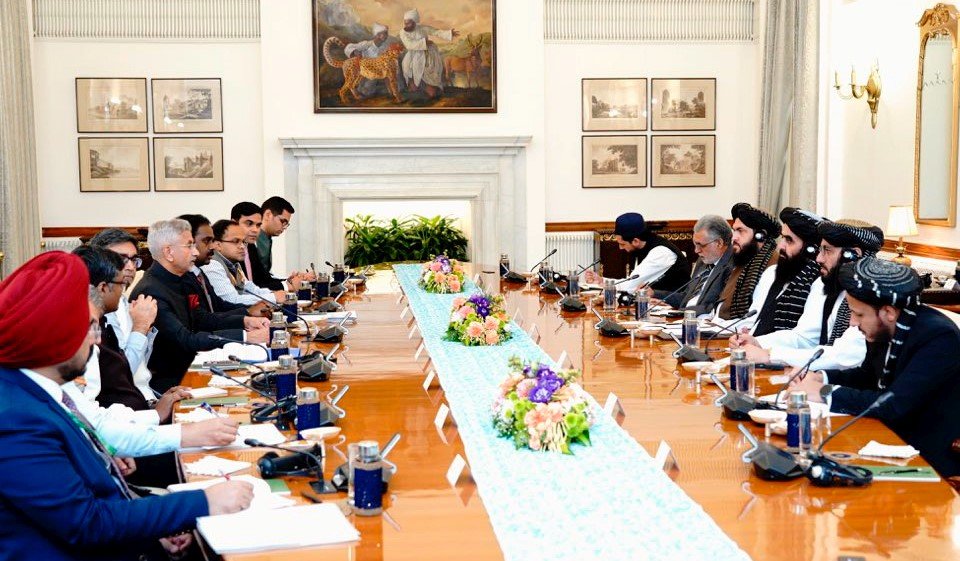In a key meeting in Amman on October 23, 2025, Jordan’s Deputy Prime Minister and Foreign Minister Ayman Safadi met with Palestinian Vice President Hussein Al Sheikh to discuss stabilizing the Gaza ceasefire and boosting humanitarian aid. The talks aimed to advance the ceasefire’s second phase and open paths to lasting peace amid ongoing regional tensions.
Key Players and Goals of the Meeting
The session included top officials like Jordan’s Director of the General Intelligence Department, Major General Ahmad Husni, and Palestine’s Head of General Intelligence, Major General Majid Faraj. They focused on implementing the ceasefire deal reached earlier in 2025, which has brought some relief after months of conflict.
Both sides stressed the need for coordinated actions to complete the first phase and shift to the second. This includes ensuring aid reaches Gaza and preventing any setbacks that could restart violence. The meeting highlighted Gaza as a core part of Palestinian territory, rejecting any plans that might divide it.
Safadi and Al Sheikh praised international efforts, including those by the United States, Egypt, and Qatar, for brokering the deal. They also condemned recent Israeli moves, such as Knesset bills aiming to extend control over the West Bank, calling them barriers to peace.
Progress on Ceasefire Implementation
The ceasefire, announced in January 2025, has seen partial success with hostage releases and aid increases. Under the agreement, Israel agreed to withdraw from parts of Gaza, allowing more humanitarian trucks to enter daily.
Recent updates show over 600 aid trucks moving into Gaza each day, focusing on food, water, and medical supplies. This has helped ease the crisis, but challenges remain, like infrastructure damage from the war.

Officials discussed launching the second phase, which involves rebuilding efforts and political talks for a two-state solution. They referenced the Arab Peace Initiative as a guide for fair outcomes.
The talks also touched on global support, with Europe pledging millions in aid and regional powers like Jordan and the UAE stepping up deliveries.
Humanitarian Aid Challenges and Solutions
Aid delivery has ramped up since the ceasefire, but distribution issues persist in war-torn areas. Jordan has played a big role, sending representatives to international teams overseeing aid and reconstruction.
Key challenges include:
- Damaged roads and ports slowing truck movements.
- Security risks for aid workers in unstable zones.
- Shortages of essentials like clean water and electricity.
To address these, the agreement outlines protocols for safe aid passage, with mediators supervising. Recent reports indicate 190,000 metric tons of supplies are ready in nearby countries, waiting for dispatch.
Palestinian leaders have agreed to terms allowing Israeli withdrawals in specific areas, paving the way for more aid. This has led to gradual improvements in Gaza’s living conditions.
Broader Peace Efforts and International Reactions
The meeting renewed calls for a just peace based on international laws and a two-state solution. They welcomed a recent International Court of Justice opinion urging Israel to meet its duties under global rules.
Global reactions have been positive, with the UN commending the deal as a step to end suffering. US President Donald Trump has been credited for pushing the plan, including commitments against West Bank annexation.
| Aspect | Details | Impact |
|---|---|---|
| Ceasefire Phases | Phase 1: Hostage releases and initial aid; Phase 2: Rebuilding and political talks | Reduces violence, aids recovery |
| Aid Commitments | 600+ trucks daily; €120 million from Europe | Improves food and health access |
| Key Supporters | US, Egypt, Qatar, Jordan | Strengthens regional stability |
| Challenges | Infrastructure damage, security threats | Delays full recovery |
This table shows how the ceasefire is structured to build lasting change.
Experts note that sustaining the ceasefire depends on all parties sticking to terms, with ongoing talks vital to prevent breakdowns.
Looking Ahead to Lasting Stability
As talks continue, Jordan and Palestine aim to involve more Arab nations in peace efforts. They see the ceasefire as a foundation for broader negotiations, including ending the occupation and securing Palestinian rights.
Future steps may include more high-level meetings and UN conferences focused on the two-state solution. With violence down, there’s hope for real progress in 2025.
What do you think about these developments? Share your views in the comments and spread the word to keep the conversation going.
